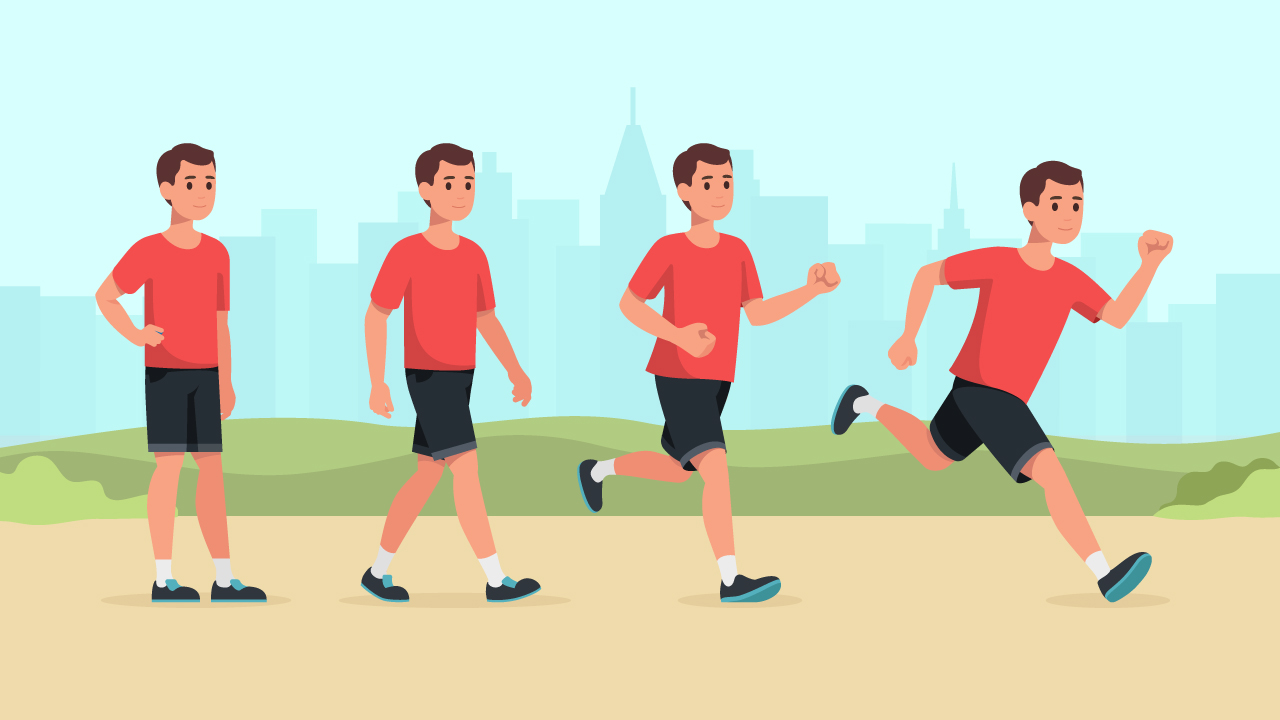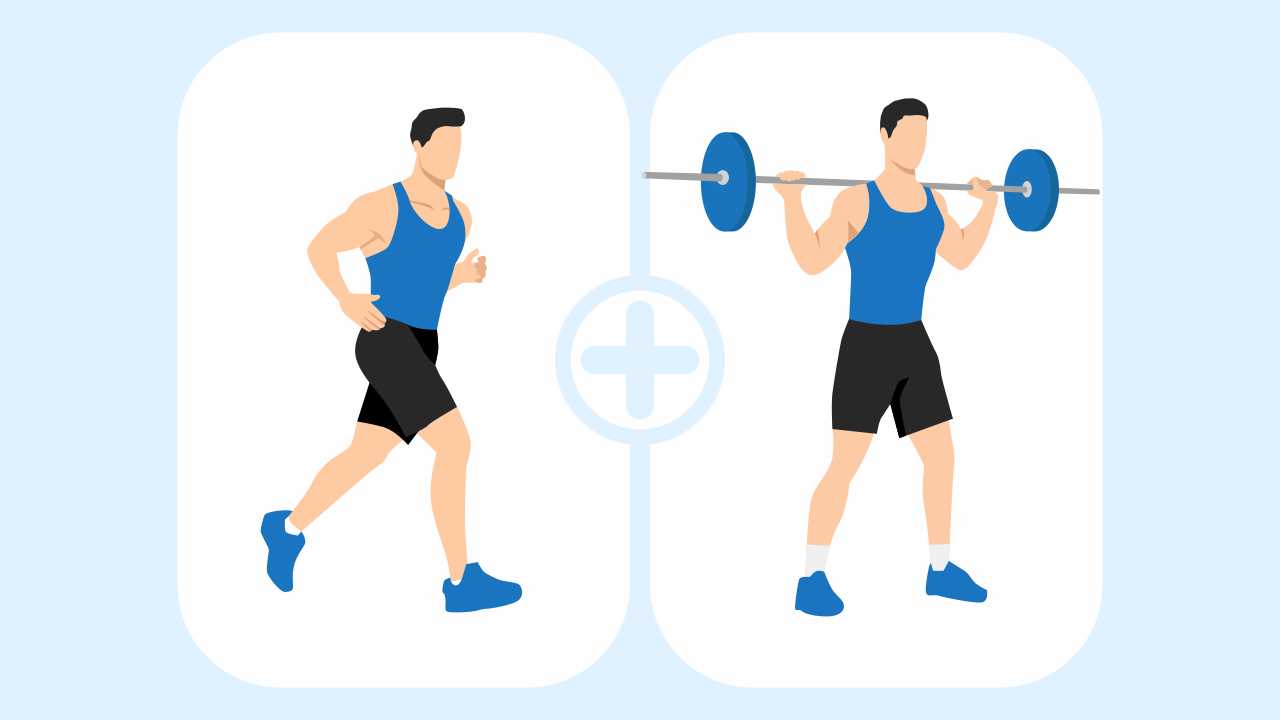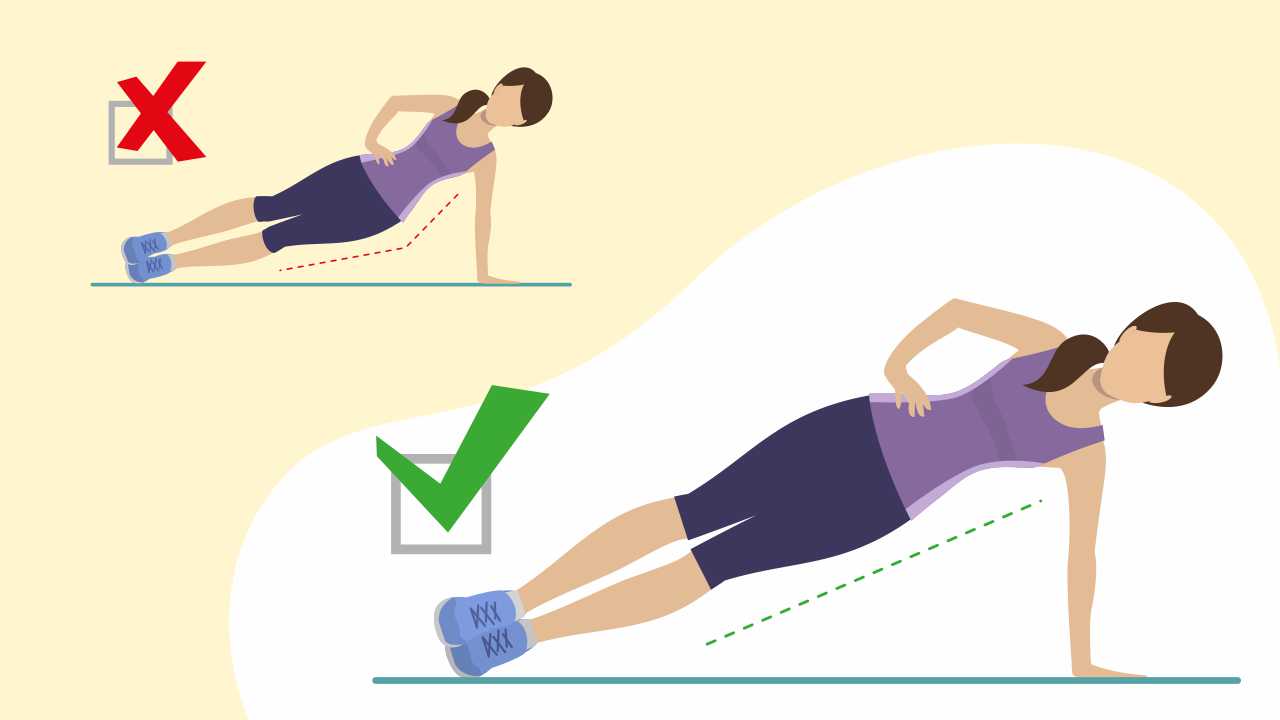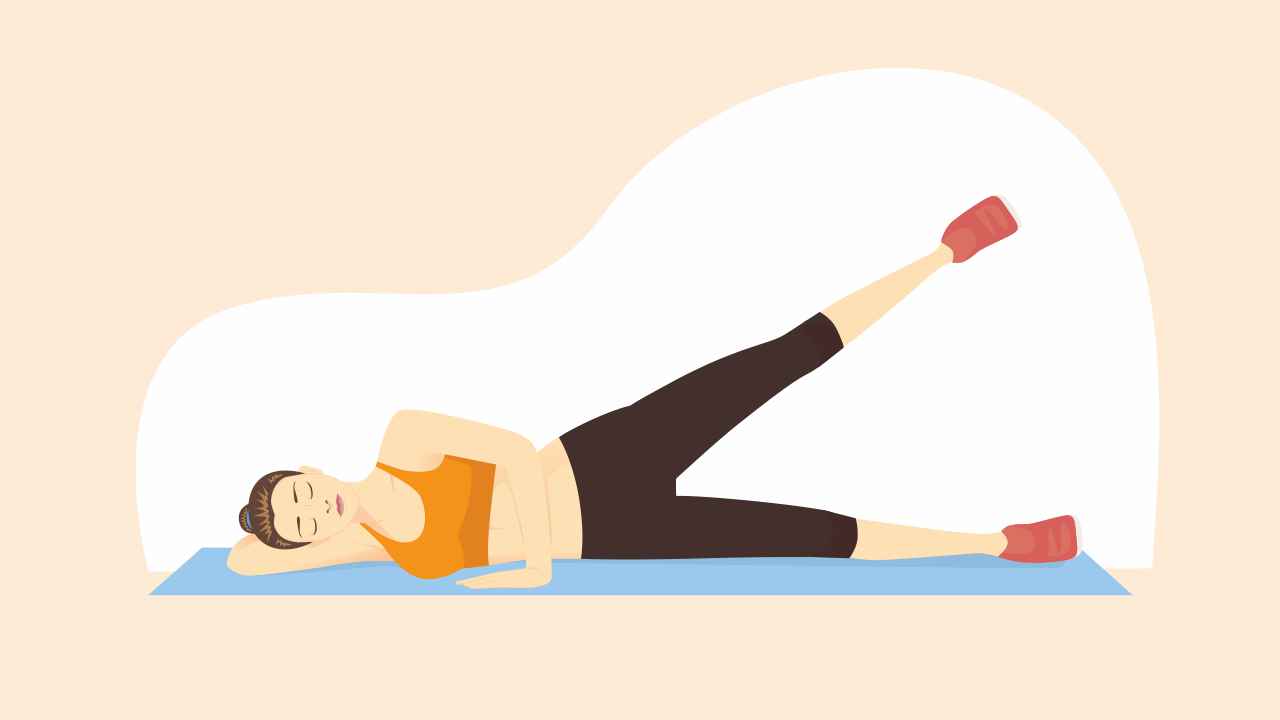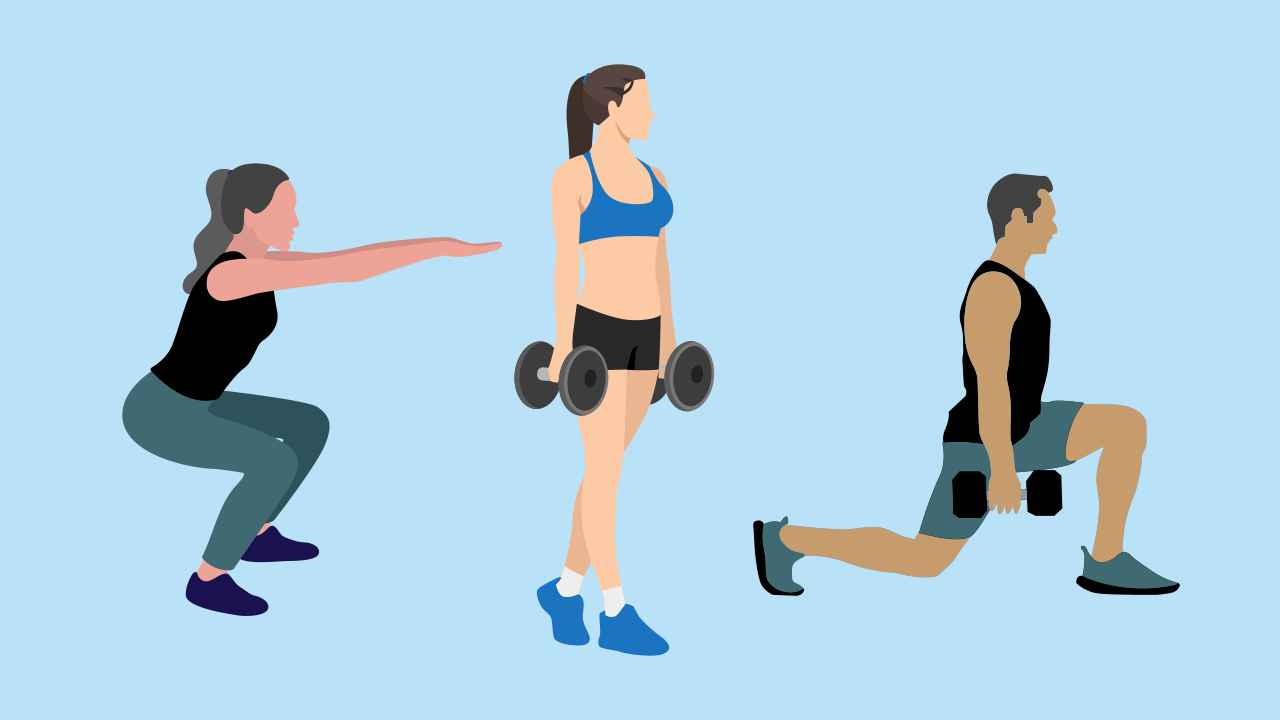
How to Motivate Yourself to Push Harder?

Running that extra 1km, doing that final set of 10 burpees, grinding through the last round of a circuit — these final hurdles are often very hard to finish, especially when one is feeling utterly exhausted. Indeed, it is not easy fitting quality exercise to an already busy schedule. Additionally, squeezing the utmost out of that lemon (aka pushing hard to maximize one’s fitness levels) is tiresome and many people would simply put training in the “too-hard basket”.
So, how do we do it? How does one push hard to get past that invisible line? We will provide some handy tips and tricks for you to get the most out of your training, as well as some strategies to overcome some perceived barriers.
How to keep training when it’s hard to go on
Regular physical training that involves weight (resistance) training or aerobic/ anaerobic conditioning, is undoubtedly hard work. The body undergoes continuous physiological and anatomical stress all in the pursuit of building/ growing fitness levels. High stressors placed on the body via training can cause exercise-induced muscle damage associated with peripheral (muscle) inflammatory processes and delayed-onset muscle soreness (DOMS).
Also read: How to Have a Positive Mindset about Working Out
Moreover, training can become burdensome when paired with ineffective recovery practices (like lack of sleep, poor nutritional intake, poor fluid intake) or mental fatigue caused by daily stress (like work or social commitments). So, what are some ways you can push yourself to stay motivated?
1. Focus on one step at a time and set smaller, more attainable goals
Focussing too far ahead can often lead to a person losing focus on the immediate situation. Goals can become too large and overbearing (and unattainable) when one is consistently thinking large-scale. Think about breaking down the goal into smaller, more achievable goals (known as process goals). By ticking off these smaller goals, and focussing on one thing at a time, the larger goal will not seem too unattainable. If one ticks off enough smaller goals, they will eventually be able to see themselves significantly moving towards the larger goal.
2. Think positive
Positive thinking like self-talk, mental imagery/ rehearsal etc, can be a very powerful intrinsic motivator, especially when training becomes hard. In fact, there is some evidence that positive self-talk can significantly reduce perceived exertion levels and improve endurance (cycling) performance. By increasing positive emotions and energy, one can convince the brain to overcome a certain amount of fatigue that allows you to perform a little longer.
Like everything, though, it is the consistency of this positive self-talk that is key to its success. A good way to incorporate this into a daily exercise routine is doing what is called a “mindful minute”. Take one or two minutes before exercising to engage in positive thinking, especially on the days that you don’t feel up to training, and it may make all the difference in your workout.
3. Focus on how you feel post workout
Working out causes increased sweating, elevated heart rate, inflammation, muscle bi-products and many other things that do not make you feel great. However, it should not be the feeling during a workout, but rather the feeling following a workout that you should look forward to.
Although the precise mechanisms are somewhat unclear, it is widely accepted that exercise augments beta-endorphin secretion which, in turn, reduces anxiety and depression levels. As such, try to focus on the euphoric feeling after the training has ceased.
4. Find a point of interest in your training
If you enjoy a particular workout mode — perhaps strength training, or swimming, or cycling, or circuit training, walking, boxing etc — then stick with what you enjoy. Think of the 60-40 rule, whereby 60% of the exercises that you do should be what you enjoy doing, while the other 40% of the exercises should be things that challenge you (ie, things you don’t particularly enjoy doing, but you know will help your fitness).
Over time you might find that the things you were not very good at initially become a new strength area of yours, and so the 60-40 rule becomes more like 80-20, or even 90-10, as you become a more well-rounded trainee.
5. Using a workout buddy
If you know you do not have the best internal gauge and are often prone to lapses in thought around whether to exercise and push yourself or not, then training with a workout buddy can be quite helpful. The workout buddy should be someone who keeps you motivated and helps you to get the most of training. Workout buddies may also be fitter or stronger than you are, encouraging you to push yourself to match their fitness or intensity levels. On the other hand, it may also be someone who knows how to get the best out of you via verbal cueing or incentivization strategies.
6. Reward your hard work
Setting smaller goals also serves to set small reward systems throughout the process. For example, if a large goal is to complete a half marathon (22km), then a smaller goal might be to run nonstop for 30 minutes. Once a person can run nonstop for 30 minutes, they should consider it a significant achievement. It is a milestone, and so one should engage in productive reward strategies that serve to keep them on the journey of completing that half marathon.
How can you plan to break the monotony?
In sports literature, training monotony is defined as the “mean of training load during the seven days of the week divided by the standard deviation of the training load of the seven days”. Using this definition, training monotony has therefore been consistently used as a marker of overtraining across a wide range of population groups.
Also read: How to Stay Consistent in Your Training
However, in this article, we refer to monotony as the performance of the same routine (or similar routines) without change or insignificant deviations across time. Thus, to avoid training monotony (repetitiveness) steps should be taken to vary the stimulus/ modality of training.
Now, notably, this must be predicated on the nature of the sport being played, of course, whereby the training mode(s) may not be able to be changed or significantly deviated from. Though, for recreational trainees, shifting from different types of training within training “blocks” may be the preferred method to avoid training repetitiveness. For example, if the goal is long-distance running, the plan should be to strategically periodize for training blocks (typically four weeks in length), whereby the goal is to build aerobic fitness (for instance, maximal and submaximal aerobic/ aerobic-speed training) with parallel periods of anaerobic/ strength-orientated activities. This is known as concurrent training, and can be an effective way to reduce training monotony, as well as improve running economy/efficiency and lower running-related injury risk.
Overall, the training plan should consider the stage of the macrocycle (annual plan) and the ability level of the person in order to design the best program for concurrent training practices
Another strategy may be to use cross-training techniques to achieve the same goal as distance running. For example, if one’s maximal aerobic speed (MAS) is known (see 30-15 testing reference [8] below), then cross-training methods (ie, using different aerobic equipment pieces/ strategies) can be used to train at certain percentages of MAS. The following table provides examples of cross-training methods.

As you see, there are several tips and tricks that can help you push yourself harder and enjoy the training experience to boot. Think positive and start small.
References
1. Blanchfield AW, Hardy J, De Morree HM, et al. Talking yourself out of exhaustion: the effects of self-talk on endurance performance. Med Sci Sports Exerc 2014; 46: 998–1007.
2. Wallace PJ, McKinlay BJ, Coletta NA, et al. Effects of Motivational Self-Talk on Endurance and Cognitive Performance in the Heat. Med Sci Sports Exerc 2017; 49: 191–9.
3. Barwood MJ, Corbett J, Wagstaff CR, et al. Improvement of 10-km time-trial cycling with motivational self-talk compared with neutral self-talk. Int J Sports Physiol Perform 2015; 10: 166–71.
4. Dinas PC, Koutedakis Y, Flouris AD. Effects of exercise and physical activity on depression. Ir J Med Sci 2011; 180: 319–25.
5. Clemente FM, Clark C, Castillo D, et al. Variations of training load, monotony, and strain and dose-response relationships with maximal aerobic speed, maximal oxygen uptake, and isokinetic strength in professional soccer players. PLoS One 2019; 14: e0225522.
6. Barrie B. Concurrent Resistance Training Enhances Performance in Competitive Distance Runners: A Review and Programming Implementation. Strength Cond J 2020; 42: 97–106.
7. Baker D. Cross-training workout: using high-intensity energy system conditioning for injured athletes. Professional Strength & Conditioning 2012; 27: 4–8.
8. Buchheit M. The 30–15 intermittent fitness test: 10 year review. Myorobie J 2010; 1: 278.


